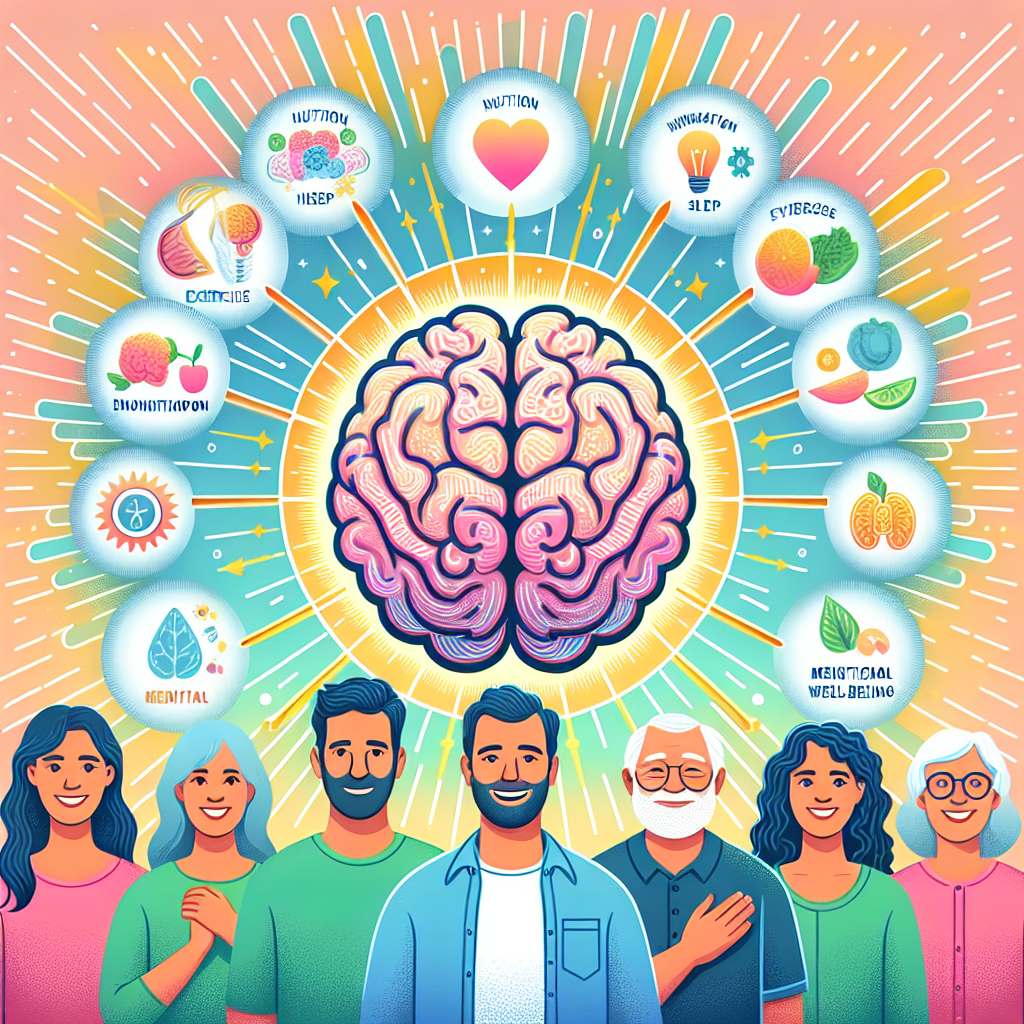The brain is the central command of the human body, a complex organ responsible for our thoughts, memory, emotions, touch, motor skills, vision, breathing, temperature, hunger, and every process that regulates our body. With such an integral role, it’s clear that maintaining brain health is crucial for our overall well-being. Yet, brain injuries remain a significant public health concern, often bringing long-term disability or even death. This article delves into safety strategies aimed at preventing brain injuries, ensuring that this vital organ is protected throughout various stages of life.
Understanding Brain Injury
Before we explore prevention strategies, it’s essential to understand what constitutes a brain injury. Brain injuries can be classified into two categories: traumatic and non-traumatic. Traumatic brain injuries (TBIs) result from an external force, such as a blow or jolt to the head, often occurring during accidents, falls, sports injuries, or violent events. On the other hand, non-traumatic brain injuries can result from internal factors like illnesses, lack of oxygen, or toxic exposure.
Regardless of the cause, the consequences of brain injuries can be severe, impacting cognitive, physical, and emotional functions. This underscores the importance of safety measures and preventive approaches to safeguard the brain from potential harm.
Prevention Strategies
Wear Protective Gear
One of the simplest yet most effective strategies for preventing brain injury is the use of protective gear. Helmets are a critical safety component for activities like cycling, skateboarding, skiing, and contact sports. They absorb the impact and reduce the risk of TBIs. For best protection, it’s important to choose helmets that are appropriately certified for specific activities and ensure they fit correctly.
Home and Workplace Safety
Many brain injuries occur in the home or workplace due to falls or collisions. To minimize risks, maintain clutter-free spaces, install adequate lighting, use non-slip mats, and ensure that safety protocols are followed in the workplace, particularly in construction or industrial settings.
Road Safety
Motor vehicle accidents are a leading cause of TBIs. Practicing road safety, such as wearing seat belts, obeying traffic laws, avoiding distracted or impaired driving, and using child safety seats, can significantly reduce the risk of brain injuries. Additionally, advocacy for safer road infrastructures, like dedicated bike lanes, can enhance protection for all road users.
Fall Prevention for the Elderly
As we age, the risk of falls increases, making fall prevention crucial for the elderly. Strategies include regular exercise to maintain balance and strength, medication review to avoid side effects that could lead to falls, and home modifications to remove tripping hazards.
Sports and Recreation
Engaging in sports and recreation comes with a risk of brain injury. However, this risk can be mitigated by following safety guidelines, using proper techniques, and participating in training programs focused on injury prevention. It’s also essential for coaches and athletes to recognize the symptoms of a concussion and have clear protocols for assessment and rest before returning to play.
Supporting Brain Health
Preventing brain injuries also involves supporting overall brain health. This includes adopting a healthy lifestyle with a diet rich in brain-supporting nutrients, staying hydrated, engaging in regular physical activity, and getting adequate sleep. Moreover, managing chronic conditions like hypertension and diabetes is crucial as they can affect brain health.
For comprehensive information on maintaining optimal brain health, explore Avix Health’s dedicated section on Brain Health.
Educational and Awareness Programs
Education plays a vital role in brain injury prevention. Awareness programs can teach individuals the risks associated with certain activities and the importance of prevention strategies. These programs are particularly beneficial in schools, sports organizations, and community centers.
The Role of Technology
Advancements in technology offer new possibilities for preventing brain injuries. For instance, wearable tech can monitor impacts in real-time during sports, alerting to potential injuries. Furthermore, vehicle safety technologies like automatic emergency braking and lane departure warnings contribute to preventing accidents that could result in brain injuries.
Recovery and Rehabilitation
In cases where brain injuries occur, immediate and appropriate treatment is critical. Rehabilitation programs tailored to the individual’s needs can help in recovery and improve outcomes. Access to resources and support systems is also vital for individuals and families affected by brain injuries.
For those seeking to enhance cognitive function post-injury, consider exploring innovative approaches, such as Cognitive Function and Nutritional Supplementation and Integrative Approaches to Brain Health and Pain Management.
Continued Research and Advocacy
Ongoing research into brain injuries and their prevention contributes to our understanding and development of new strategies. Advocacy for funding and policies that support research and prevention programs is essential in reducing the prevalence and impact of brain injuries.
Conclusion
Brain injury prevention is a multifaceted approach that requires participation from individuals, communities, and policymakers. By adopting safety strategies, supporting brain health, leveraging technology, and advocating for research and education, we can significantly reduce the incidence of brain injuries and their lasting impact on individuals and society.
For further reading on brain health and prevention strategies, consider exploring The Impact of Continuous Learning on Neural Plasticity to understand how lifelong learning can contribute to brain resilience.
External Resources for Further Information
- The Brain Injury Association of America offers extensive resources on brain injury prevention and support.
- The Centers for Disease Control and Prevention’s Heads Up Program provides valuable information on concussion and helmet safety.
- Fall Prevention Resources from the National Council on Aging can help older adults reduce fall risks.
- The Defense and Veterans Brain Injury Center offers resources and support for military personnel affected by brain injuries.
- Safe Kids Worldwide focuses on preventing injuries in children, including those that can lead to brain injury.
By taking proactive steps and utilizing available resources, we can all contribute to a safer world where brain injuries are far less common and their effects significantly mitigated.



